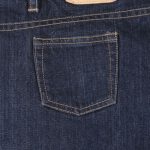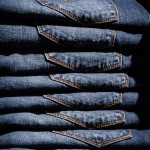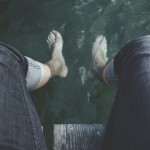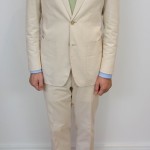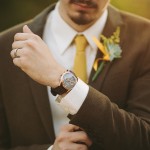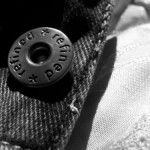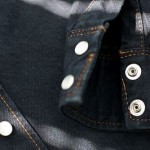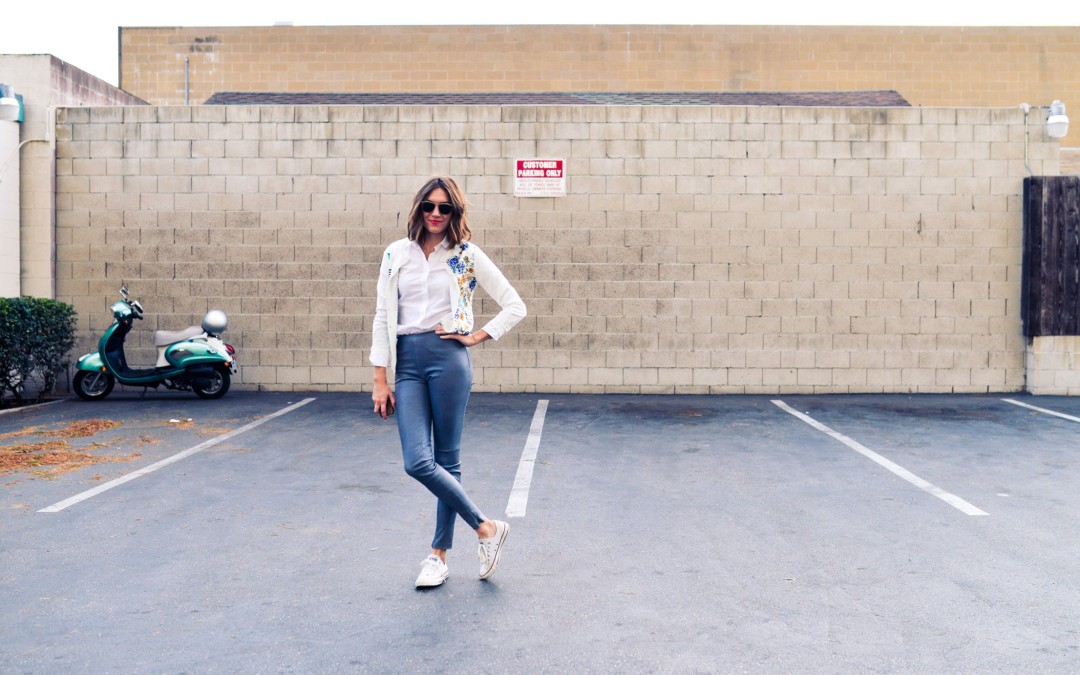
by MakeYourOwnJeans | jeans |
Denim jeans are available in a variety of colors, only of which is the traditional light blue color. While light blue is arguably the most popular color in which jeans are made, the second-most popular color is indigo. A type of dark blue, indigo offers a slightly dressier and more formal appearance than lighter colors. Therefore, many hardworking men and women wear indigo jeans to their job. Whether you currently own indigo jeans or are thinking of buying a pair in the near future, though, you’ll want to use caution when washing them. Failure to take some basic precautions when washing your indigo jeans may result in the color fading to a lighter color. So, follow these eight tips when washing indigo jeans to protect and preserve their original dark blue color. #1) Go With Washed Denim Jeans You’ll have an easier time preserving the indigo color of washed denim jeans as opposed to raw denim jeans. The term “washed denim” simply means that the jeans were washed during the production process. Manufacturers wash their denim jeans to help set the color and protect against future fading. In comparison, raw denim jeans have not been washed, so they are more likely to fade. If you’re worried about your indigo jeans losing their color, choose washed denim. Along with the other tips described here, it will protect your jeans from fading and discoloration. #2) Wash With Similar Colors The golden rule of washing garments, including jeans, is to separate them according to color. If you wash your indigo jeans with red- or yellow-colored garments, it may cause discoloration. Some of...
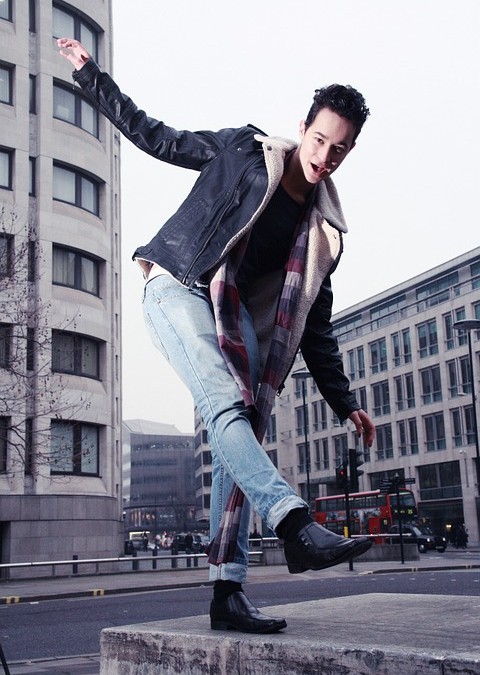
by MakeYourOwnJeans | jeans |
Have you noticed blue discoloration on your shoes or footwear after wearing jeans? If so, the problem could be attributed to your jeans bleeding some of their dye. Regardless of the cut, it’s not uncommon for jeans to bleed their color onto shoes. The blue dye essentially leaches from the jeans, at which point it sticks to your shoes and changes their color. You can usually wash your shoes to remove the dye and restore their original appearance. However, it’s recommended that you follow some basic steps to prevent your jeans from bleeding on your shoes in the first place. Choose Washed Denim Jeans Jeans made of washed denim are less likely to bleed color on your shoes than jeans made of dry denim. What’s the difference between washed and dry denim exactly? Washed denim jeans are made of denim that’s been washed as part of the production cycle, whereas raw denim jeans are made of denim that hasn’t been washed. When manufacturers wash their denim, it helps remove some of the loose dye so that it’s less likely to bleed on shoes, garments or other items. Therefore, it’s recommended that you choose washed denim jeans to protect your shoes from bleeding dye. Avoid Excessively Long Jeans A pair of properly fitted jeans should stop around your ankles, though without actually revealing any of your skin. If they extend past your ankles, it usually means that are too long and, thus, should be replaced with a shorter pair. Not only do excessively long jeans look bad; they also increase the risk of bleeding dye. When wearing excessively long jeans,...
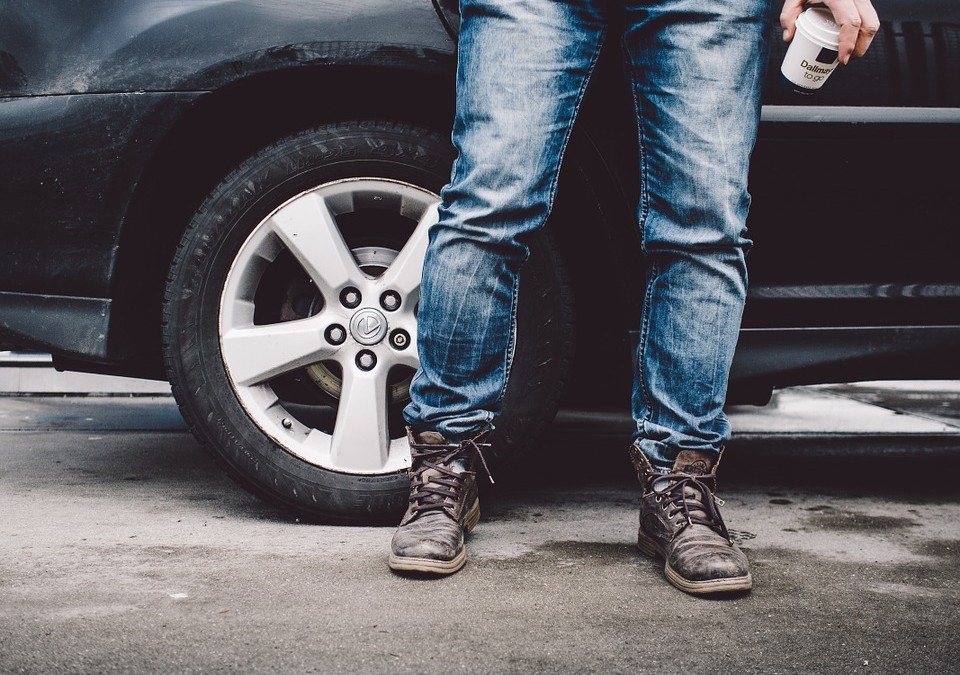
by MakeYourOwnJeans | jeans |
Like most garments, it’s not uncommon for jeans to become softer and more elastic over time. Maybe you purchased a pair of crisp denim jeans. After wearing them for a few months, however, they’ve turned to a softer texture. This isn’t necessarily bad, as some people prefer soft denim over crisp denim. If you’re hoping for the latter, though, you’ll need to follow some simple steps to keep your jeans crisp. Whether they are boot-cut, straight-leg, skinny, low-rise or high-rise, you can keep your jeans crisp in the following ways. Choose Raw Denim Jeans Raw denim jeans cost more than washed denim jeans. If you’re willing to make the investment, however, you’ll find that they are retain their crispness better than their washed counterparts. Raw denim, of course, refers to denim that hasn’t been washed during the production process. After creating the denim, manufacturers immediately use it to construct their jeans. This is in stark contrast to washed denim, which as the name suggests is washed before the jeans are sold. Both raw and washed denim can become soft, but it’s less likely to occur with raw denim, making it preferred. Wash Less Frequently Contrary to popular belief, there’s no need to wash your jeans each time you wear them. As long as they aren’t dirty or visibly stained, you can continue to wear them. In fact, some people rarely wash their jeans so that they’ll get more use of out of them. Whenever you wash jeans — or any garment for that matter — it degrades the fabric just a little more. The top part of the fabric...
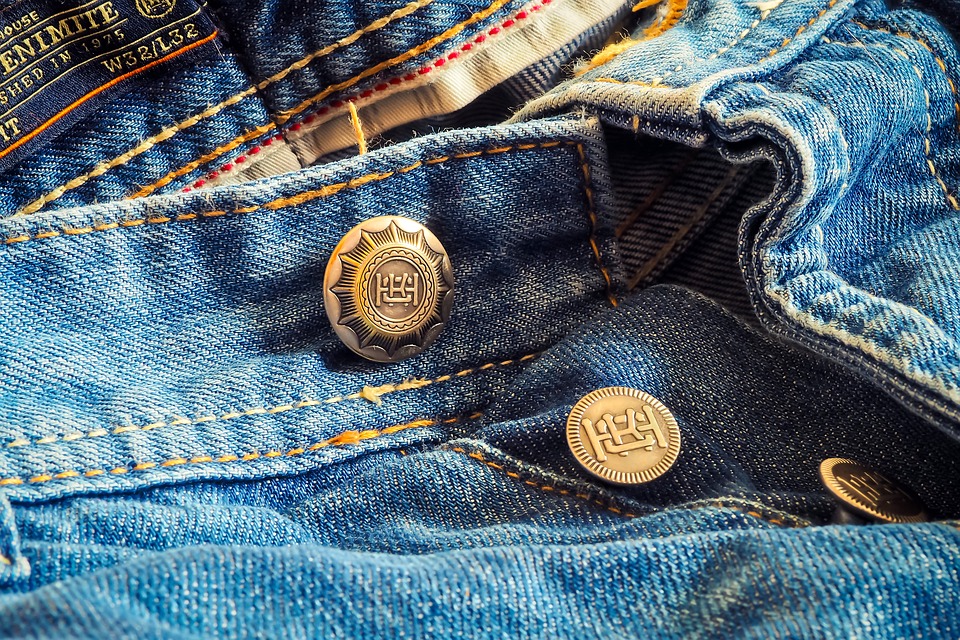
by MakeYourOwnJeans | jeans |
The next time you put on a pair of your favorite jeans, look around the pockets and you’ll probably discover that they feature several small metal buttons. Known as rivets, they are common in both men’s and women’s jeans. They aren’t a new feature, however, as jeans have featured rivets for more than a century. This begs the question: Why do jeans have rivets? To better understand the purpose of rivets and why jeans have them, keep reading. Rivets: The Basics Rivets are small metal rings or buttons found in and around the buttons of denim jeans. Although there are different types, most consist of a circular-shaped piece of flat bronze metal with the middle poking out. They are generally smaller than the actual buttons on a pair of jeans. A rivet might be just one-third the size of a standard button. With that said, it’s not uncommon for a pair of jeans to have more than a dozen rivets but only three or four (or no) buttons. You can see if your jeans have rivets by inspecting the front and back pockets. If rivets are present, you’ll see these small metal rings around the pockets. Aesthetics Like many denim features, rivets improve the aesthetics of jeans. They introduce a new color and visual element to create a more refined appearance. Without rivets, a pair of jeans may look somewhat plain and boring. This problem easily solved by adding the small metal rings to the pockets. Rivets improve the aesthetic value of jeans, making them a highly sought-after feature among fashion-forward men and women. A standard pair of denim...
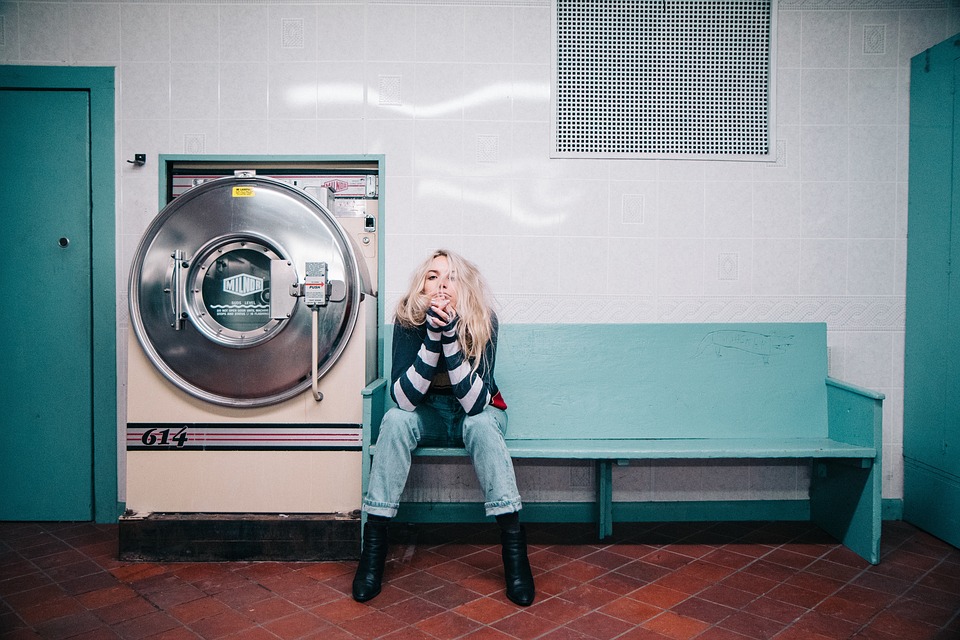
by MakeYourOwnJeans | denims |
The global demand for denim is growing at a rate of about 5% per year. This means that every year, 5% more denim jeans, jackets, shirts and other denim garments are sold. This statistic shouldn’t come as a surprise given the versatility of denim. Among other things, it’s strong, comfortable, easy to maintain and looks great with a variety of other fabrics. But if you’re planning to incorporate denim into your wardrobe, you should avoid making the following mistakes. Wearing Jeans With Too Little Space in the Leg When choosing denim jeans, make sure there’s ample space in the legs so that they don’t restrict your movement. Different styles of jeans have different amounts of leg space. Wide and relaxed fit, for example, have more space than skinny or straight leg. You don’t have to necessarily avoid the latter styles, but you should choose a pair of jeans that aren’t too small in the leg. Otherwise, you may find it difficult to walk or even move while wearing them. Wearing Light-Colored Denim for Semi-Formal Occasions What’s wrong with light-colored denim, and why shouldn’t you wear it for semi-formal occasions? Well, there’s nothing wrong with light-colored denim itself. On the contrary, it’s a popular style that looks great and is easy to maintain. You should avoid wearing light-colored denim for formal or semi-formal occasions, however. Generally speaking, light denim is best suited for casual occasions, whereas dark denim works for both casual and semi-formal occasions. If you’re getting dressed for a job interview, for example, you might want to wear a button-up dress shirt with a black blazer and pair...







